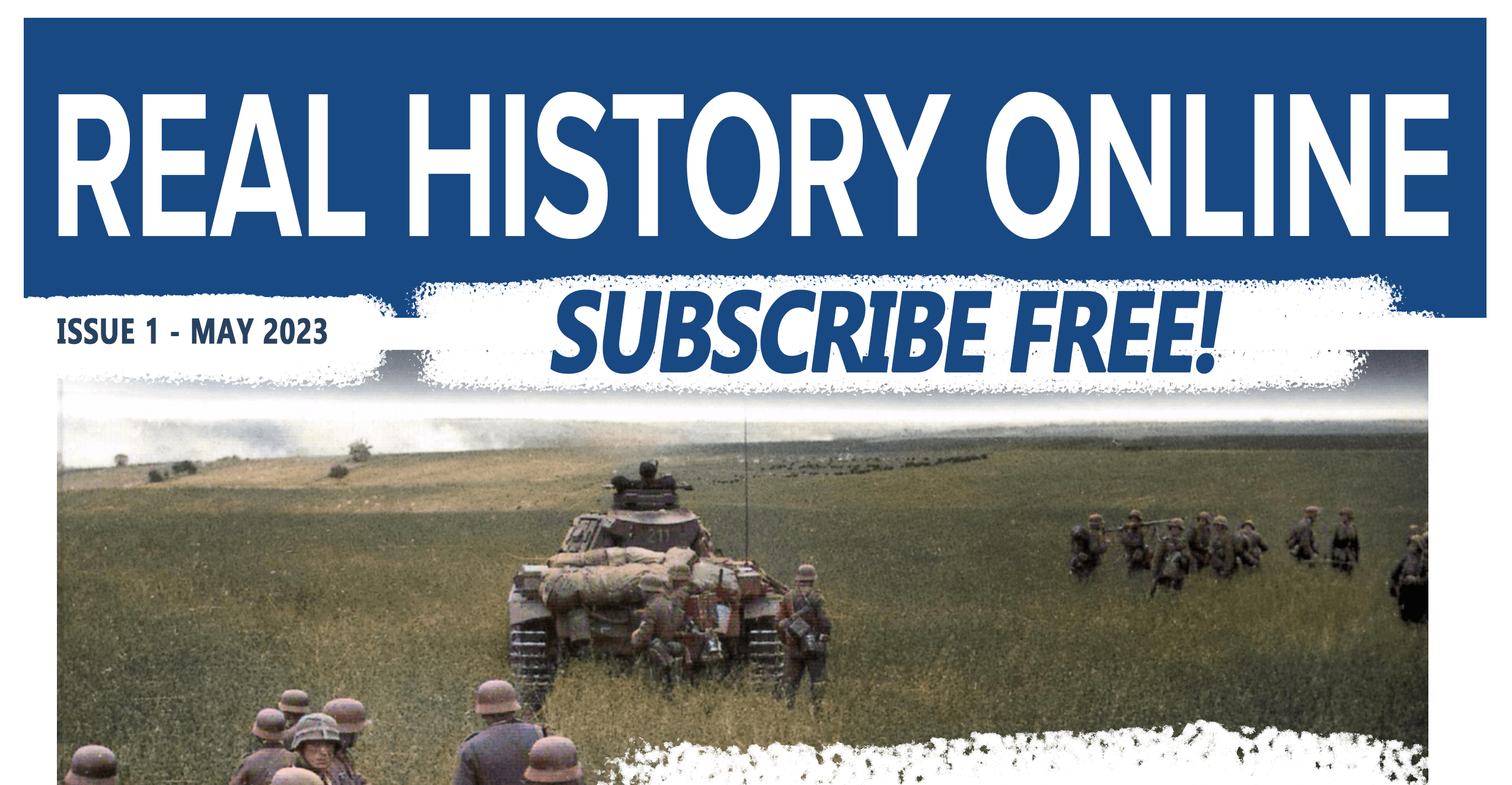Atomic bombings of Hiroshima and Nagasaki
The atomic bombings of Hiroshima and Nagasaki (August 6 and 9, 1945) are two exceptional cases in the history of mankind of the combat use of nuclear weapons. Carried out by the US Armed Forces at the final stage of World War II against Japan.
In the early morning of August 6, 1945, the American bomber B-29 “Enola Gay”, named after the mother of the crew commander, Colonel Paul Tibbets, dropped the atomic bomb “Little Boy” (“Baby”) on the Japanese city of Hiroshima, equivalent in power to 13-18 kilotons of TNT. The fuse of the 4-ton ammunition went off 43 seconds later at the Ayoi Bridge, 600 meters from the Sima Hospital, where doctors treating seriously ill children were located. Three days later, on August 9, 1945, the atomic plutonium bomb “Fat Man” (“Fat Man”), equivalent to 19 to 21 kilotons of TNT, was dropped on the city of Nagasaki by a pilot Charles Sweeney, B-29 bomber commander. As a result of the explosion, 80 thousand people instantly died, by the end of 1945 the total number of deaths from cancer and radiation sickness ranged from 90 to 166 thousand people in Hiroshima and from 60 to 80 thousand people in Nagasaki.
The shock of the atomic bombing of Hiroshima by the US military on August 6 had a profound effect on Japanese Prime Minister Kantaro Suzuki and Japanese Foreign Minister Togo Shigenori, who were inclined to believe that the Japanese government should stop the war.
On August 14, 1945, the Japanese Emperor Hirohito supported the script on the signing of Japan’s unconditional surrender. On August 15, 1945, Japan announced its surrender. The Instrument of Surrender, formally ending World War II, was signed on September 2, 1945.
The role of the atomic bombings in the surrender of Japan and the ethical justification of the bombings themselves are still hotly debated.
Preparations
In September 1944, at a meeting between US President Franklin Roosevelt and British Prime Minister Winston Churchill in Hyde Park, an agreement was concluded, according to which the possibility of using atomic weapons against Japan was envisaged.
By the summer of 1945, the United States of America, with the support of Great Britain and Canada, as part of the Manhattan Project, completed the preparatory work to create the first working types of nuclear weapons.
During the US participation in World War II, about 400 thousand Americans were killed, about half of them in the war against Japan. In April-June 1945, during the operation to capture the Japanese island of Okinawa, more than 12 thousand American soldiers were killed, 39 thousand were injured (Japanese losses ranged from 93 to 110 thousand soldiers and over 100 thousand civilians). It was expected that the invasion of Japan itself would result in losses many times greater than those on Okinawa.
May 1945: Target selection
During its second meeting at Los Alamos (May 10-11, 1945), the Targeting Committee recommended Kyoto (the largest industrial center), Hiroshima (the center of army depots, a military port and the location of the general headquarters) as targets for the use of atomic weapons. navy and the Second Army), Yokohama (the center of the military industry), Kokura (the largest military arsenal) and Niigata (the military port and the center of mechanical engineering). The committee rejected the idea of using these weapons against a purely military target, as there was a chance of overshooting a small area not surrounded by a vast urban area.
When choosing a goal, great importance was attached to psychological factors:
- achieving maximum psychological effect against Japan,
- the first use of the weapon must be significant enough for international recognition of its importance. The Committee pointed out that the choice of Kyoto was supported by the fact that its population had a higher level of education and thus were better able to appreciate the value of weapons. Hiroshima, on the other hand, was of such a size and location that, given the focusing effect of the hills surrounding it, the force of the explosion could be increased.
US Secretary of War Henry Stimson struck Kyoto off the list due to the city’s cultural significance. According to Professor Edwin O. Reischauer, Stimson “knew and appreciated Kyoto from his honeymoon there decades ago”.
Special opinion of scientists
A group of scientists from the Manhattan Project, led by James Frank, winner of the 1925 Nobel Prize in physics, set out their views in a top-secret report. They argued that nuclear developments could not be kept secret for long and predicted a nuclear arms race. Instead of bombarding Japanese cities, it was proposed to limit the test to a deserted place, since this would be enough so that no one dared to attack America in fear of crushing weapons.
Chronology of events before the first bombing (August 6)
On July 16, the world’s first successful test of an atomic weapon was carried out at a test site in New Mexico. The power of the explosion was about 21 kilotons of TNT.
On July 24, during the Potsdam Conference, US President Harry Truman informed Stalin that the United States had a new weapon of unprecedented destructive power. Truman did not specify that he was referring specifically to atomic weapons. According to Truman’s memoirs, Stalin showed little interest, remarking only that he was glad and hoped that the US could use him effectively against the Japanese. Churchill, who carefully observed Stalin’s reaction, remained of the opinion that Stalin did not understand the true meaning of Truman’s words and did not pay attention to him. At the same time, according to Zhukov ‘s memoirs, Stalin perfectly understood everything, but did not show it even in a conversation with Molotov after the meeting, he noted that “It will be necessary to talk with Kurchatov about speeding up our work”. After the declassification of the Venona operation of the American intelligence services, it became known that Soviet agents had long been reporting on the development of nuclear weapons. According to some reports, agent Theodor Hall, a few days before the Potsdam conference, even announced the planned date for the first nuclear test. This may explain why Stalin calmly accepted Truman’s message. Hall had been working for Soviet intelligence since 1944.
On July 25, Truman approved an order beginning August 3 to bomb one of the following targets: Hiroshima, Kokura, Niigata, or Nagasaki at the first opportunity, as soon as the weather allowed, and also in the future, the following cities, as bombs arrived.
On July 26, the governments of the United States, Britain, and China signed the Potsdam Declaration, which outlined the demand for Japan’s unconditional surrender.
The next day, Japanese newspapers reported that the declaration, which had been broadcast over the radio and scattered in leaflets from airplanes, had been rejected. The Japanese government has not expressed a desire to accept the ultimatum. On July 28, Prime Minister Kantaro Suzuki stated at a press conference that the Potsdam Declaration was nothing more than the old arguments of the Cairo Declaration in a new wrapper, and demanded that the government ignore it.
Emperor Hirohito, who was waiting for a Soviet response to evasive diplomatic moves by the Japanese, did not change the government’s decision. On July 31, in a conversation with Koichi Kido, he made it clear that the imperial power must be protected at all costs.
Preparing for the bombing
During May-June 1945, the American 509th mixed air group arrived on the island of Tinian. The group’s base area on the island was a few miles from the rest of the units and was carefully guarded.
On July 26, the Indianapolis cruiser delivered the Little Boy atomic bomb to Tinian.
On July 28, the Chief of the Joint Chiefs of Staff, George Marshall, signed the order for the combat use of nuclear weapons. This order, drafted by the head of the Manhattan Project, Major General Leslie Groves, prescribed a nuclear strike “on any day after the third of August, as soon as weather conditions permit”. On July 29, US Strategic Air Command General Carl Spaats arrived at Tinian, delivering Marshall’s order to the island.
On July 28 and August 2 components of the Fat Man atomic bomb were brought to Tinian by aircraft.









